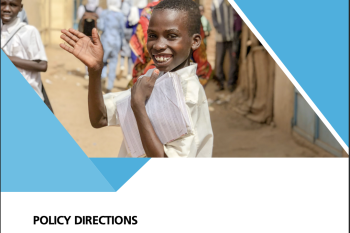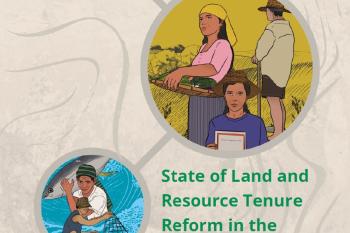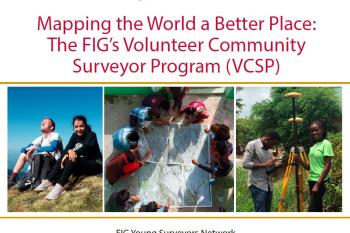Guidebook on the GLTN Youth and Land Responsiveness Criteria

This publication is a practical guide to the Youth and Land Responsiveness Criteria, which is a tool that can be used to increase the incorporation of youth perspectives into land matters at both institutional and programme levels, through a participatory process. The criteria are presented in the form of a matrix with various probing questions about different issues that youth face with regard to land. It can be used to identify challenges, opportunities and key entry points on youth and land at global, regional and/or country levels. It can be used in following ways: a) as a diagnostic tool, b) an awareness and advocacy tool, and c) for designing new youth responsive land programms/projects. The YLRC tool can be used by GLTN partners (www.gltn.net), as well as by youth engaged in community work, youth-led organizations, community leaders, project coordinators and managers, and policy-makers. This practical guide provides tips on how to use the tool to better understand youth and land issues.
The Youth and Land Responsiveness Criteria is about people. It is about getting youth and other stakeholders in the land sector to discuss with each other. The purpose of the tool is to assess land programmes and policies objectively to ensure that youth and land issues are equitably addressed in order to achieve tenure security for all. These issues include defining youth in the land sector, land literacy, participation in land governance and access to land as related to youth needs. The tool can be used to evaluate existing land tools in terms of their responsiveness to youth and to identify where and how they can be more responsive to youth’s needs and concerns for land. It also provides strong opportunities to involve youth actively.
Authors:Priscilla Li Ying, Isidora Markicevic
Contributors:Clarissa Augustinus, Jean du Plessis, Kate Fairlie, Toril Iren Pedersen, Douglas Ragan
Sponsors: The Netherlands Government, the Norwegian Government and the Swedish International
Development Cooperation Agency (SIDA).



